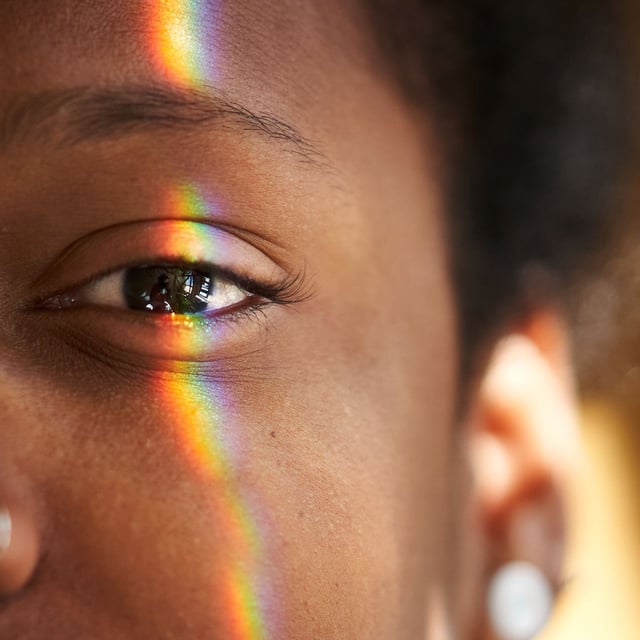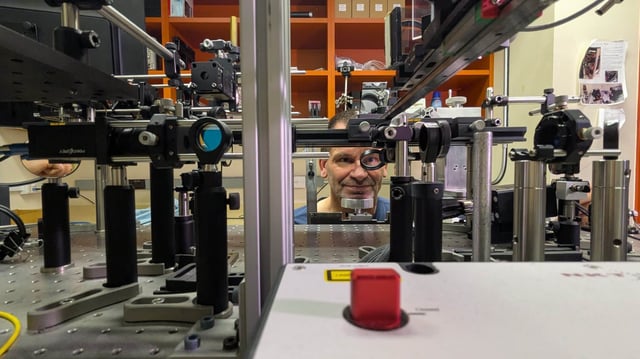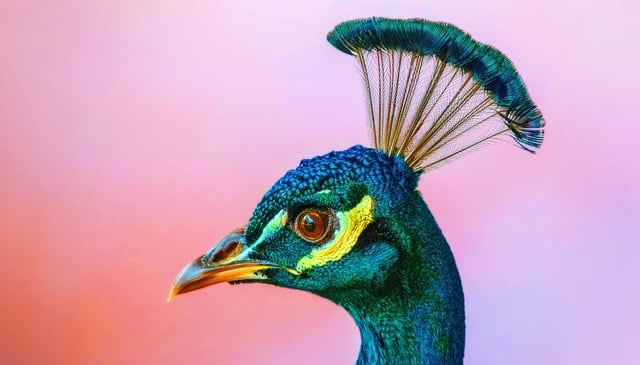Overview
- The Oz system uses adaptive optics and precise laser targeting to stimulate individual M cones in the retina, creating the perception of a new color called 'olo.'
- Participants described 'olo' as a hyper-saturated blue-green that cannot be replicated on standard displays or seen under natural conditions.
- The findings, published in *Science Advances*, have been confirmed in controlled experiments involving five participants, three of whom were part of the research team.
- While some experts hail the breakthrough as groundbreaking, others argue 'olo' may simply be an intensified version of green rather than a genuinely new color.
- Researchers are now exploring whether the Oz method could be applied to treat color blindness and enhance human vision, though the technology remains confined to laboratory settings.



